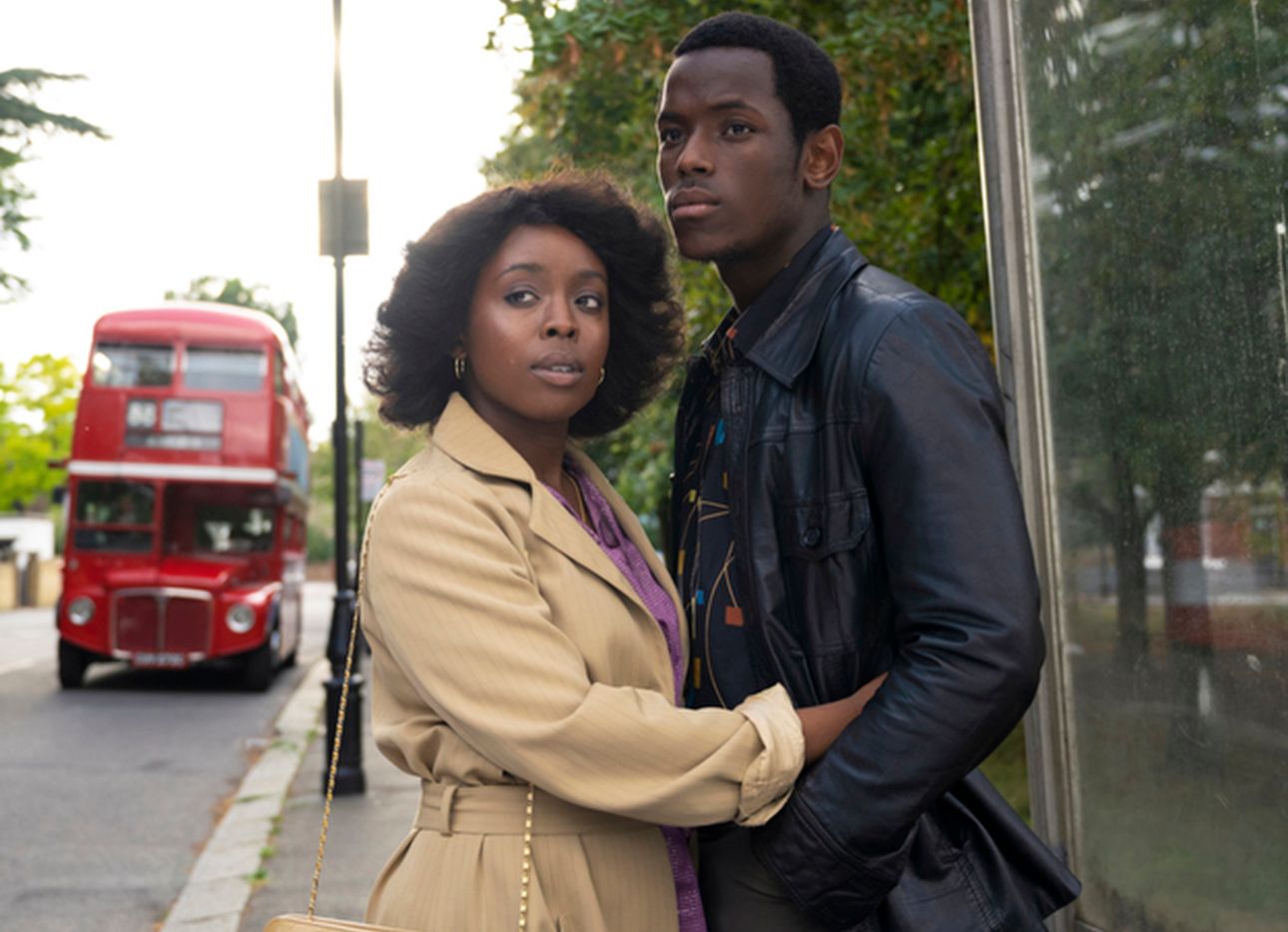
In “Small Axe,” Steve McQueen Exposes Nuanced Truths of Black Life in Britain
If beauty is in the eye of the beholder, better to be held in the warm focus of Steve McQueen’s gaze than one more narrow and uninterested in defining beauty anew. The British filmmaker, born to Grenadian and Trinidadian parents who immigrated to the United Kingdom as part of the Carribean’s Windrush generation in the late 1940s, explores life in London’s West Indian community from the late 1960s to the early ’80s in Small Axe, his enthralling new five-film anthology now streaming in the U.S. on Amazon Prime Video (and available in the U.K. on BBC One).
Though the world is often coded in shades of black and white, McQueen’s careful treatment of the Black experience is colorful in its nuance—a reminder that these stories, when told scrupulously, have the potential to transcend pre-existing narratives of power and rewrite the rules of resistance. Small Axe exemplifies this approach: In its stand-alone installments (each of them in varying lengths, with a different storyline and cast), McQueen investigates anti-Black and anti-immigrant attitudes in Britain and attempts to seize them of their tight grip on history in his pursuit of truth.
12 Years A Slave, McQueen’s 2013 film that won an Academy Award for best picture, told the story of Solomon Northup, a free African-American man kidnapped and sold into slavery, chained to the land by his color. The specific visual of chattel slavery—plantation porches, suspicious bodies, sun-soaked crops—has long defined the backdrop of the American South, but in Small Axe, it’s the busy landscape of London’s streets that paint a more lively, but similarly captive, picture.
McQueen’s Small Axe films exist in the slim overlap between insider and outsider, hoisting up the immigrant experience as a most essential one. In this way, he gives sound to silence. Often erased or flat-out ignored, the voices he prioritizes become a chorus of a shared journey. Small Axe is a quintet of moving images, designed to add texture to a country that has been without question expanded by opening its borders. Taken together, the series is a narrative quilt, woven by threads of oppression and triumph across the greater African diaspora. McQueen’s latest effort teaches us that in order to look forward—and to prevent history from repeating—we must first look back.